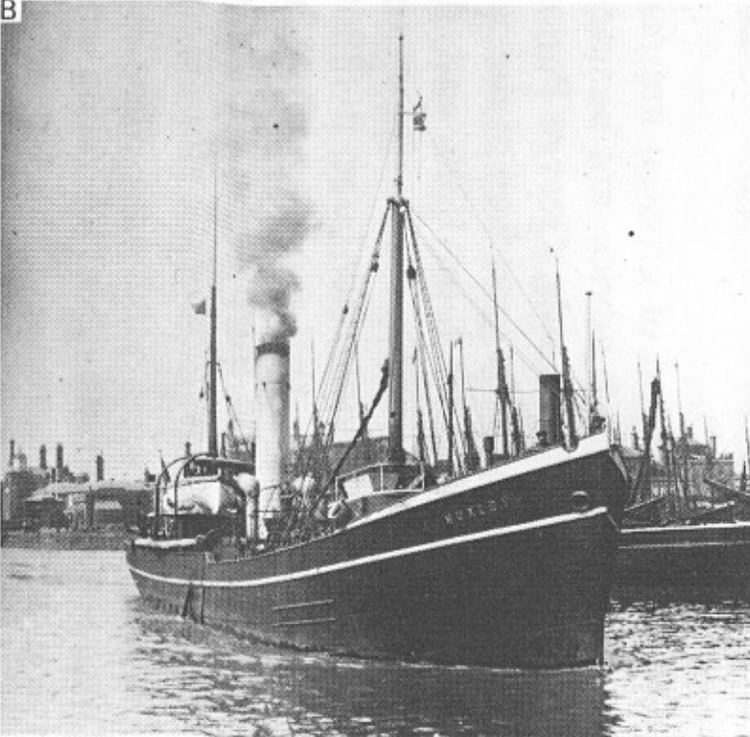Name Khedive In service 1899 Namesake Thomas Henry Huxley Length 35 m | Laid down 1899 Name RV Huxley In service 1902 | |
 | ||
RV Huxley was the first research vessel used by the Marine Biological Association of the United Kingdom and the Centre for Environment, Fisheries and Aquaculture Science.
Contents
History
Huxley was built in 1899, and purchased by George Parker Bidder III. The vessel was leased to the MBA by Bidder, who used the profits to fund the Ray Lankester Investigatorship at the MBA.
Huxley was originally a commercial steam trawler named Khedive, but was leased by the MBA as Huxley in 1902 to assist the newly-created fisheries laboratory in Lowestoft - Centre for Environment, Fisheries and Aquaculture Science.
Huxley was the first research vessel acquired by the MBA which was able to venture into open waters, and was thus used to survey the southern North Sea, the English Channel, and the area west of Plymouth. This was England's contribution to the International Council for the Exploration of the Sea (Scotland, the northern section, was treated differently).
The ship was sold to W. Crampin in 1910 for £2,400.
In June 1915, Huxley was hired by the Royal Navy along with hundreds of other trawlers, and armed with a single 6-pounder AA gun. Her main role was to look for submarines, similar to an Admiralty trawler, but built to different specifications.
Research
The results of the first studies were published in 1905 as a blue book. Plaice and other fish were caught, labelled, and released, and when they were subsequently caught by trawlers, the location of recapture was marked. Over the first year, 1,463 plaice were marked in this fashion, 19% of which were recaptured - proving that a significant proportion of the North Sea fish stock was being caught by fishermen each season. It was also discovered that immature fish did not breed on the Dogger Bank, and there was a suggestion that moving immature fish from inshore areas to the bank would result in more catches the next season for English fishing vessels.
